With its captivating beauty, cherry blossoms are not only a symbol of Japan but also an important tool in the cultural diplomacy strategy of the Land of the Rising Sun.
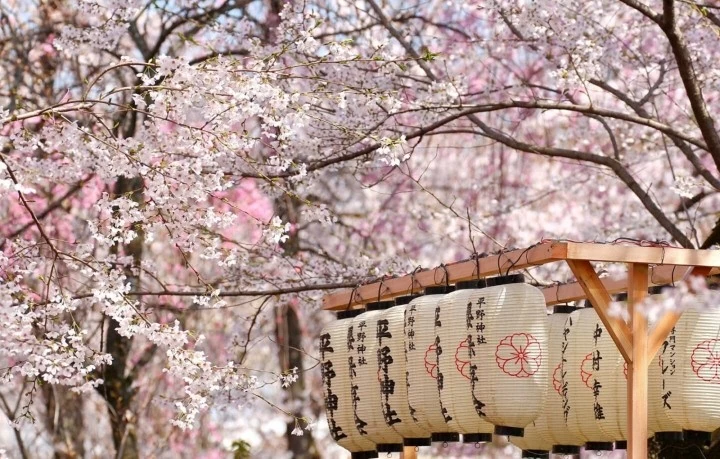 |
| Hanami Festival is a traditional Japanese festival held every time cherry blossoms bloom. (Source: vietravel) |
Cherry blossoms (Sakura) not only symbolize vitality, beauty, and the humility and patience of the Japanese people, but also become an important tool in Japan's cultural diplomacy strategy called "cherry blossom diplomacy".
From favorite icon
The term “cultural icon” refers to a natural or artificial item that bears the cultural identity, tradition, and historical value of a country or locality, or is absorbed from the outside but transformed into one’s own; reduced, concentrated into an image, logo, personalized, easily recognizable and interactive. Japan has successfully built a number of global cultural icons such as: cherry blossoms, Mount Fuji, Doraemon, Hello Kitty, Godzilla, Pikachu, Anpanman, Super Mario…, of which cherry blossoms are one of the oldest and most widely loved and recognized symbols.
There are hundreds of different species of cherry blossoms and although there is still controversy about their origin, when mentioning this flower, people often immediately think of Japan with the title "land of cherry blossoms". The cultural symbolism of cherry blossoms is very high, containing a profound philosophy of life. Although the flower is fragile, it carries within itself a pure, delicate beauty and contains the concept of the impermanence of life.
It penetrates the soul as well as daily life, becoming an indispensable part of Japanese cultural identity. The flower viewing festival (Hanami) has become a cultural event, community exchange and closeness to nature that attracts the attention of millions of people around the world. Cherry blossoms also appear in many Japanese literature, movies, television, paintings and many other art forms.
To "Cherry Blossom Diplomacy"
The concept of “cherry blossom diplomacy” is not as popular as some concepts such as “ping pong diplomacy”, “panda diplomacy”… but it can be understood that this is Japan’s clever use of cherry blossoms as a tool of cultural diplomacy and developing national “soft power” to promote its image and identity to the world, promote friendly relations with other countries and expand its influence, creating sympathy from other countries towards Japan. Some typical forms of “cherry blossom diplomacy” of Japan can be mentioned as follows:
One is to give cherry trees to countries around the world to strengthen relations and promote the image of Japan.
Japan has used cherry blossoms as a diplomatic tool since the early 20th century. In 1912, the Japanese government presented Washington, DC, with more than 3,000 trees, followed by an additional 3,800 in 1956, marking the beginning of friendly relations between the two countries. In 2012, to commemorate the 100th anniversary of this event, cherry blossom planting projects were launched in 14 US states.
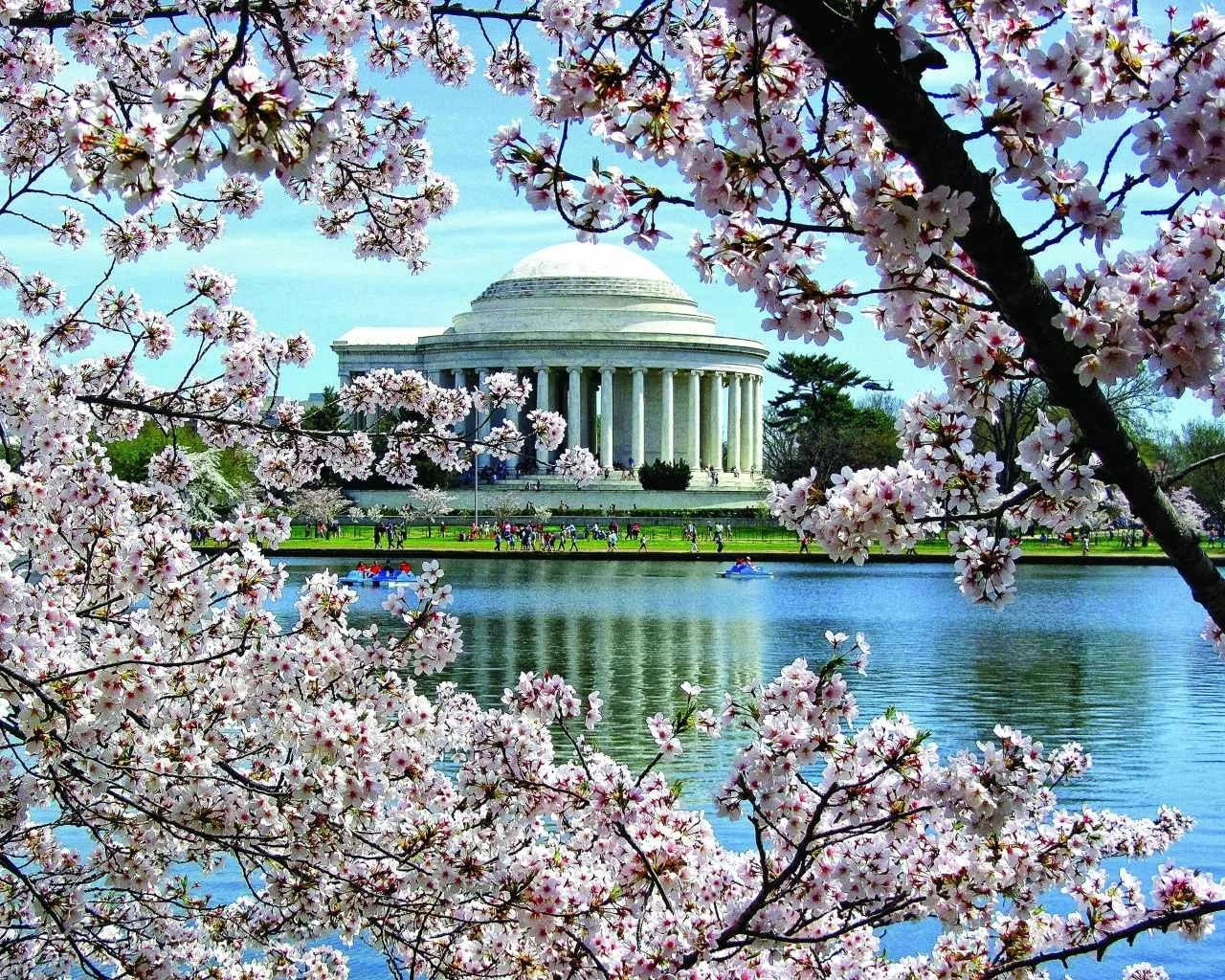 |
| Cherry blossom trees gifted to the United States by the Japanese government are in full bloom in Washington DC. (Source: vigotour) |
On April 11, 2024, speaking before the National Assembly, Prime Minister Fumio Kishida said that Japan will gift 250 cherry trees to Washington to celebrate the 250th anniversary of the US Independence Day. The cherry blossom festival in Washington has become an important cultural event, attracting millions of tourists each year.
In the fall of 1972, to commemorate the official normalization of diplomatic relations between Japan and China, Japan gave China 1,000 cherry trees and in return, China gave Japan two pandas.
Japan also gave cherry trees to other countries very early such as Germany, Italy, Canada (in the 1930s) and many countries in recent times, contributing to strengthening diplomatic relations with other countries and building a national image rich in cultural identity, friendly, close to nature, and peace-loving.
For Vietnam, in the context of the strong development of bilateral relations, cultural and people-to-people exchanges between the two countries are increasingly strengthened, the Japanese Government, ministries, sectors, localities, enterprises and individuals have given Vietnam many cherry trees. These cherry trees are planted all over the country, from Hanoi (Hoa Binh Park), Hai Phong, Sa Pa, to Da Lat, Ho Chi Minh City...
Second, organize cherry blossom festivals and invite diplomatic officials and foreign guests to attend.
On special occasions, the Emperor (or Crown Prince), Prime Minister, local authorities (Tokyo, Osaka, Fukuoka, etc.) often hold receptions or meetings on the occasion of cherry blossoms at the Imperial Palace or the State Guest House, Akasaka Imperial Garden, Shinjuku, inviting guests, including the diplomatic corps (introducing themselves after taking office or meeting the public after a long absence).
Japan also organizes numerous cherry blossom festivals (Sakura Matsuri) at home and abroad every year to promote culture, attract tourism, stimulate consumption, serve economic development and deploy the country's soft power.
In Vietnam, there are dozens of large-scale and professional cherry blossom festivals held in many localities such as Hanoi, Ho Chi Minh City, Hai Phong, Da Nang, Quang Ninh...
Third, increase the use of the cherry blossom symbol as an identity.
Japan incorporates cherry blossom logos and images into cultural events around the world such as fashion festivals, cosplay, cuisine, fairs, exhibitions, art exhibitions, film festivals, etc. in Japan as well as in other countries around the world. Japan also incorporates cherry blossom images into manga, anime, movies, J-pop music, etc., and even on passports, coins, and banknotes.
Cherry blossom diplomacy helps Japan use a small symbol like cherry blossoms, honor and bring the beauty of this flower to the world, exploit it properly to turn it into a powerful tool to strengthen diplomatic relations and raise the national position, create an impression of Japanese culture, people and the image of a friendly, peace-loving country. This is a testament to the effective deployment of soft power that Japan has successfully implemented over the past decades.
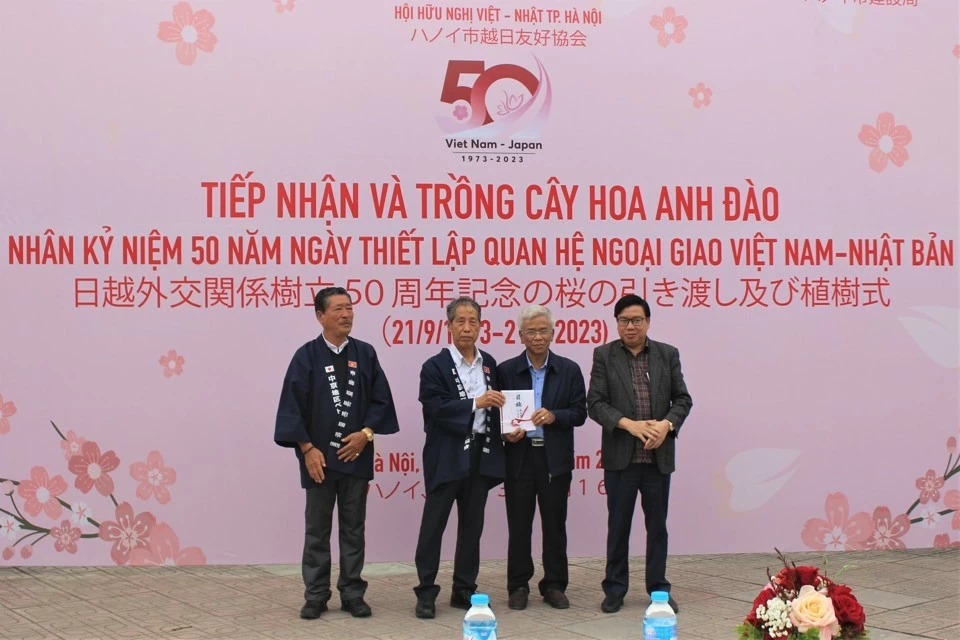 |
| Leaders of the Japan-Vietnam Friendship Association in Chukyo, Japan, presented Hanoi with 110 cherry blossom trees to commemorate the 50th anniversary of the establishment of Vietnam-Japan relations. (Source: kinhtedothi) |
And suggestions for Vietnam
Vietnam and Japan have similarities in culture, history, long-standing exchanges and increasingly strong bilateral relations, which are considered to be at the best stage in history. Activities, cultural exchanges and people-to-people diplomacy between the two countries are being promoted.
Vietnam has many unique cultural symbols such as the lotus, the national flower symbolizing noble beauty and strong vitality, along with many other prominent cultural symbols such as the ao dai, conical hat, bamboo tree, monochord, and even Vovinam. However, Vietnam seems to have not yet fully exploited the potential of these cultural symbols. In addition, the lotus is also the national flower of some other countries, Vietnam needs to have a strategy to use this image in a way that is different but still unique.
To effectively carry out cultural diplomacy, promote the country's image, convey the message of peace, friendliness, and friendship, and create a good impression in the hearts of international friends through Vietnamese cultural symbols, we can refer to Japan's successful lessons and apply appropriate points such as:
Firstly, building a national brand and identity from global cultural symbols; building and implementing a long-term and sustainable strategy for developing cultural, creative, and digital content industries, exporting many cultural products and services to the world in an overall strategy for enhancing national soft power.
Second, invest more in education and propaganda to raise awareness and pride in cultural identity; each citizen needs to be a cultural ambassador; improve scale and professionalism, create international cultural events at home and abroad, and integrate prominent cultural symbols.
Third, make the most of the development of technology, artificial intelligence, social networks and invest heavily in promoting international media and cinema (CNN, Hollywood, Netflix...) about Vietnamese cultural symbols in particular and the image of the country, people, dynamic economic development... of Vietnam in general, creating a global ripple effect.
Fourth, establish a Vietnamese Cultural Center, a Vietnamese language school, departments of Vietnamese language and culture research, Ho Chi Minh ideology... in Japan as well as some other countries, establish and effectively operate international cultural exchange funds following the model of the Japan Foundation, Cool Japan, the Ministry of Culture, Education, Science and Technology (MEXT) scholarship, JENESYS youth exchange... of Japan to promote Vietnam to Japan and the world.
*Former staff of the Vietnamese Embassy in Japan (Tokyo) and the Vietnamese Consulate General in Fukuoka, Japan.
Source: https://baoquocte.vn/tu-bieu-tuong-van-hoa-toi-ngoai-giao-hoa-anh-dao-nhat-ban-288501.html


![[Photo] Prime Minister Pham Minh Chinh receives Swedish Minister of International Development Cooperation and Foreign Trade](https://vphoto.vietnam.vn/thumb/1200x675/vietnam/resource/IMAGE/2025/5/12/ae50d0bb57584fd1bbe1cd77d9ad6d97)

![[Photo] Prime Minister Pham Minh Chinh starts construction of vital highway through Thai Binh and Nam Dinh](https://vphoto.vietnam.vn/thumb/1200x675/vietnam/resource/IMAGE/2025/5/12/52d98584ccea4c8dbf7c7f7484433af5)

![[Photo] Prime Minister Pham Minh Chinh works with the Standing Committee of Thai Binh Provincial Party Committee](https://vphoto.vietnam.vn/thumb/1200x675/vietnam/resource/IMAGE/2025/5/12/f514ab990c544e05a446f77bba59c7d1)

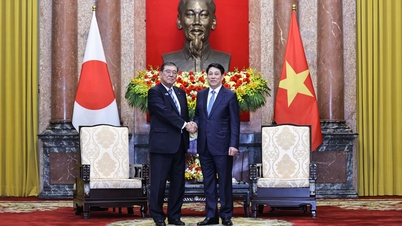

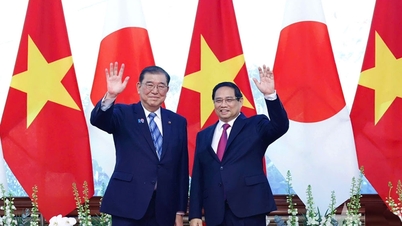



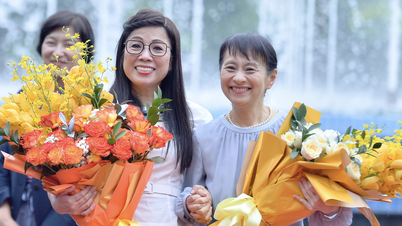




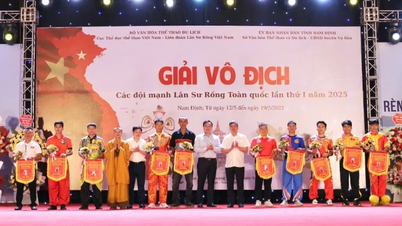


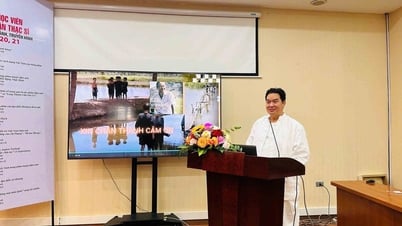






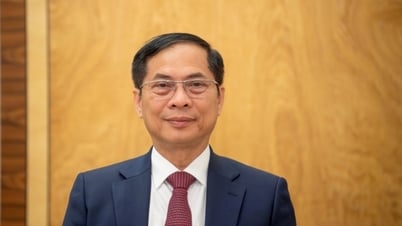


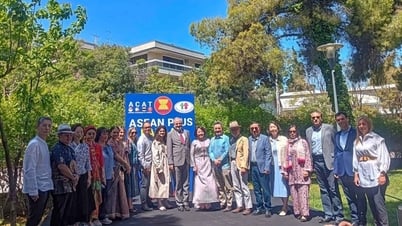
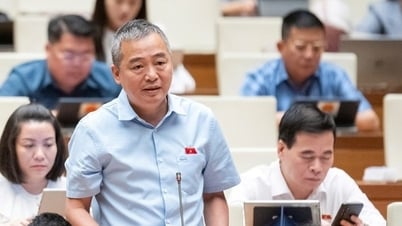
































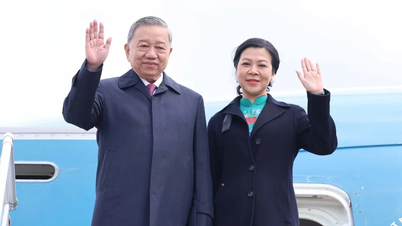
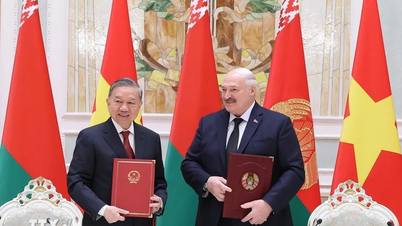















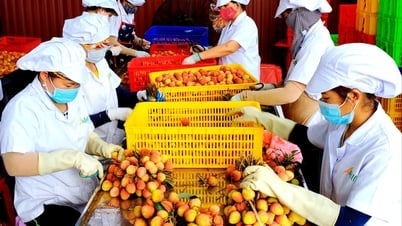

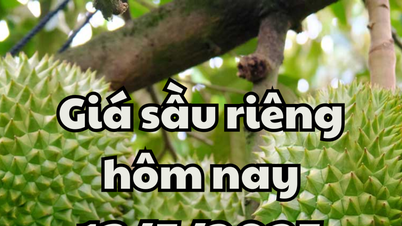



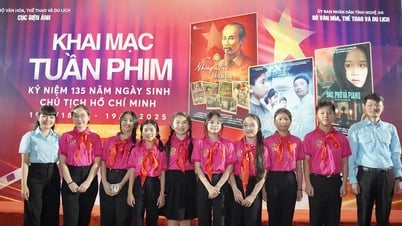











Comment (0)